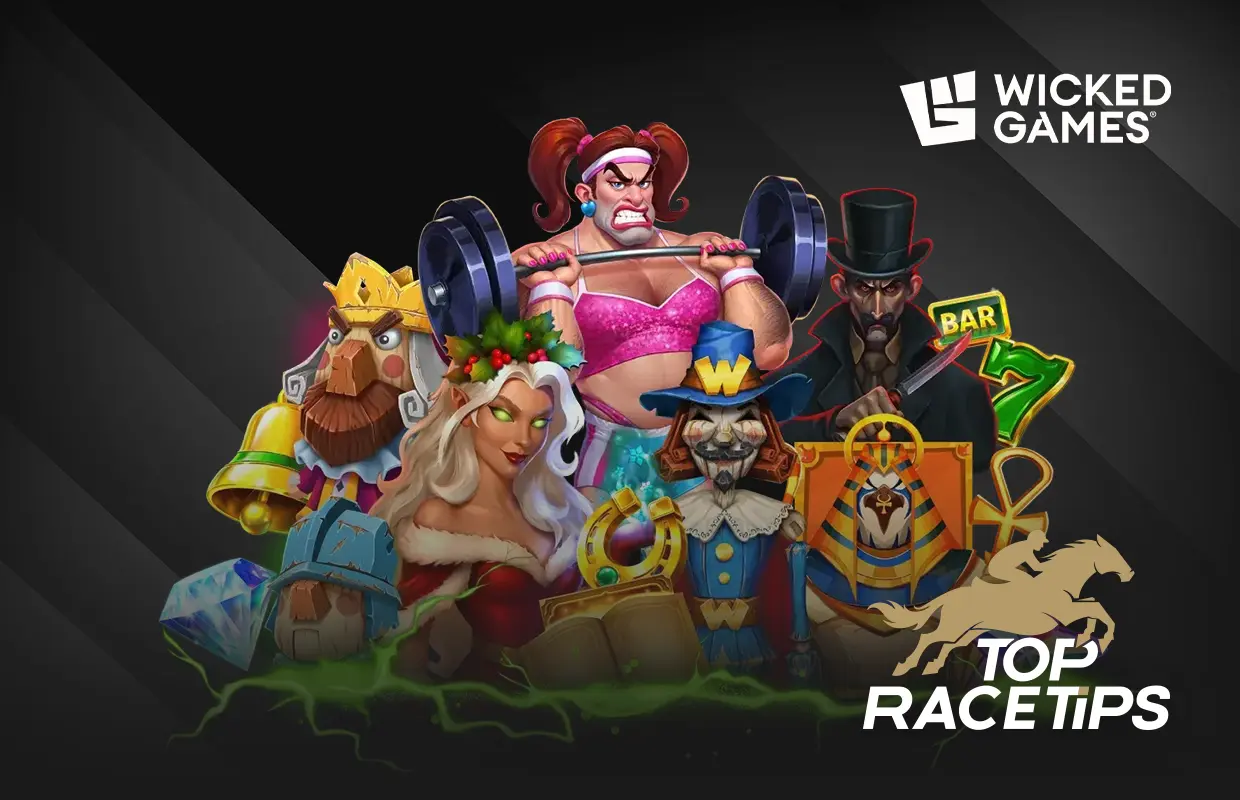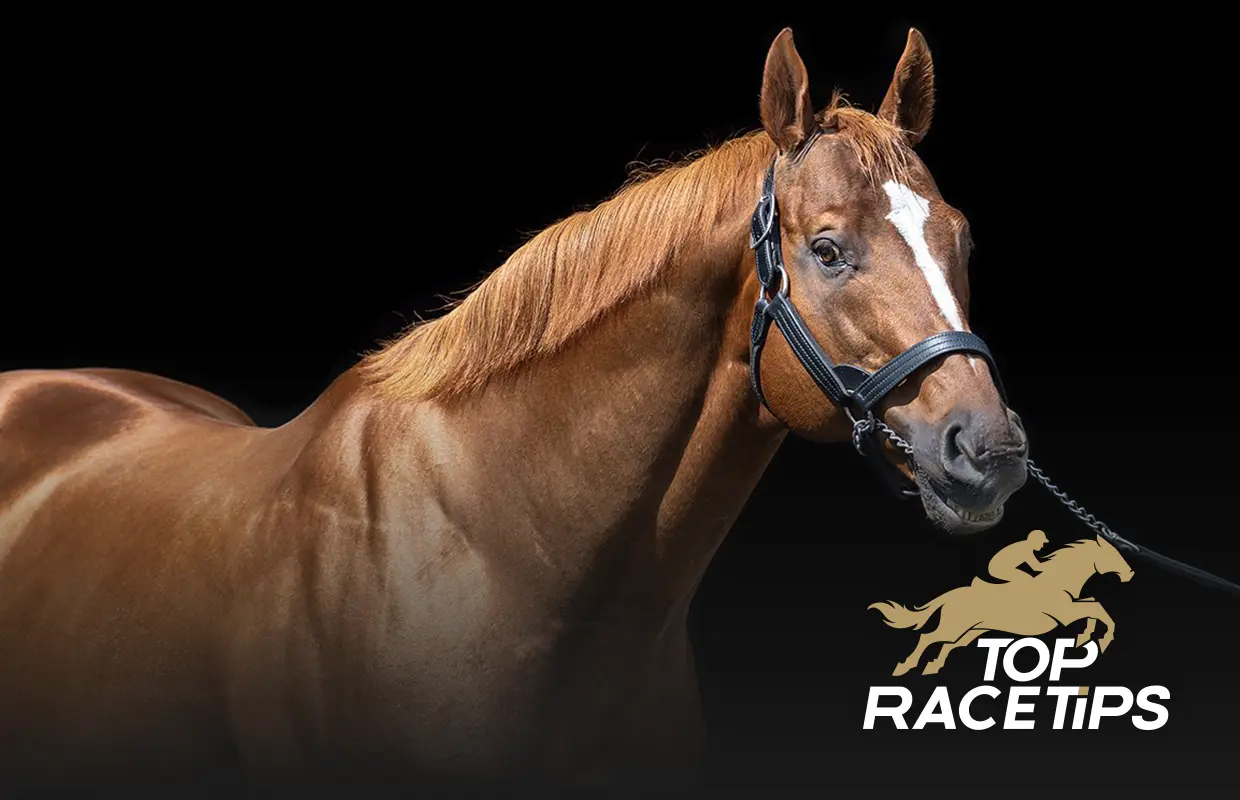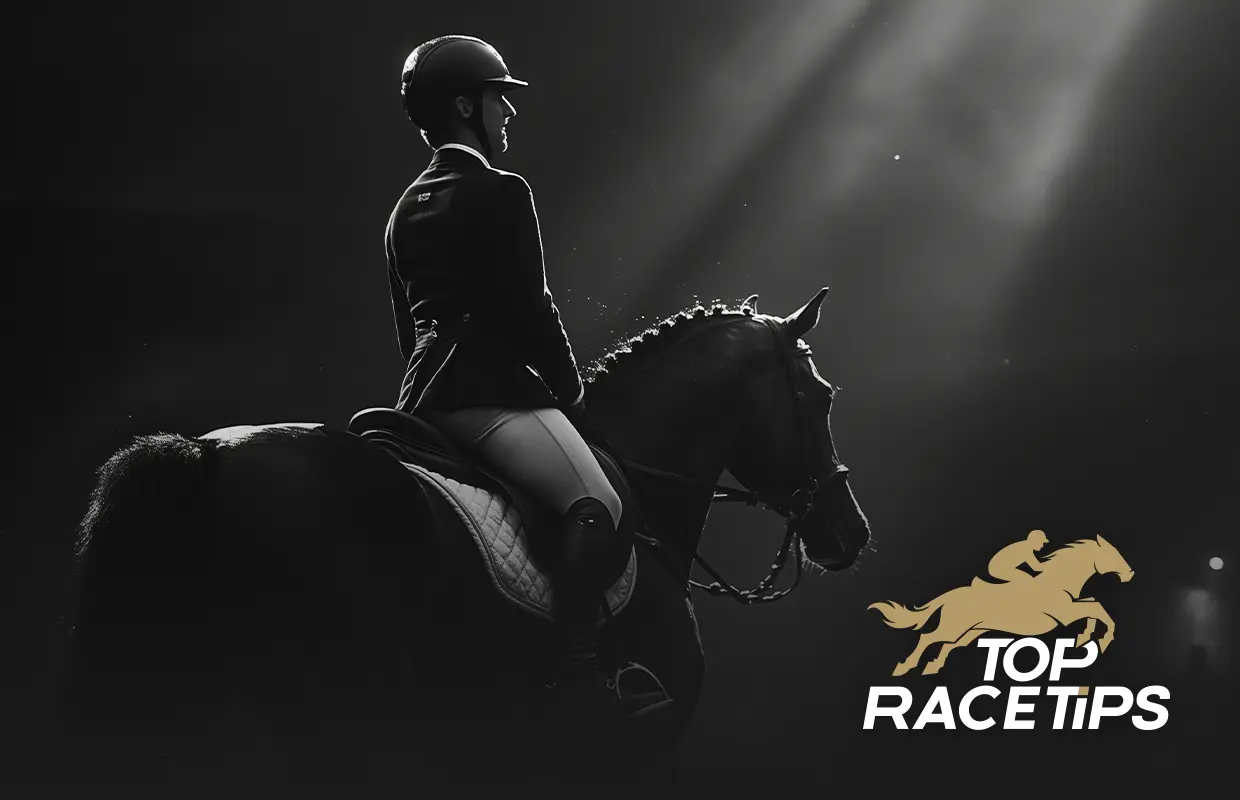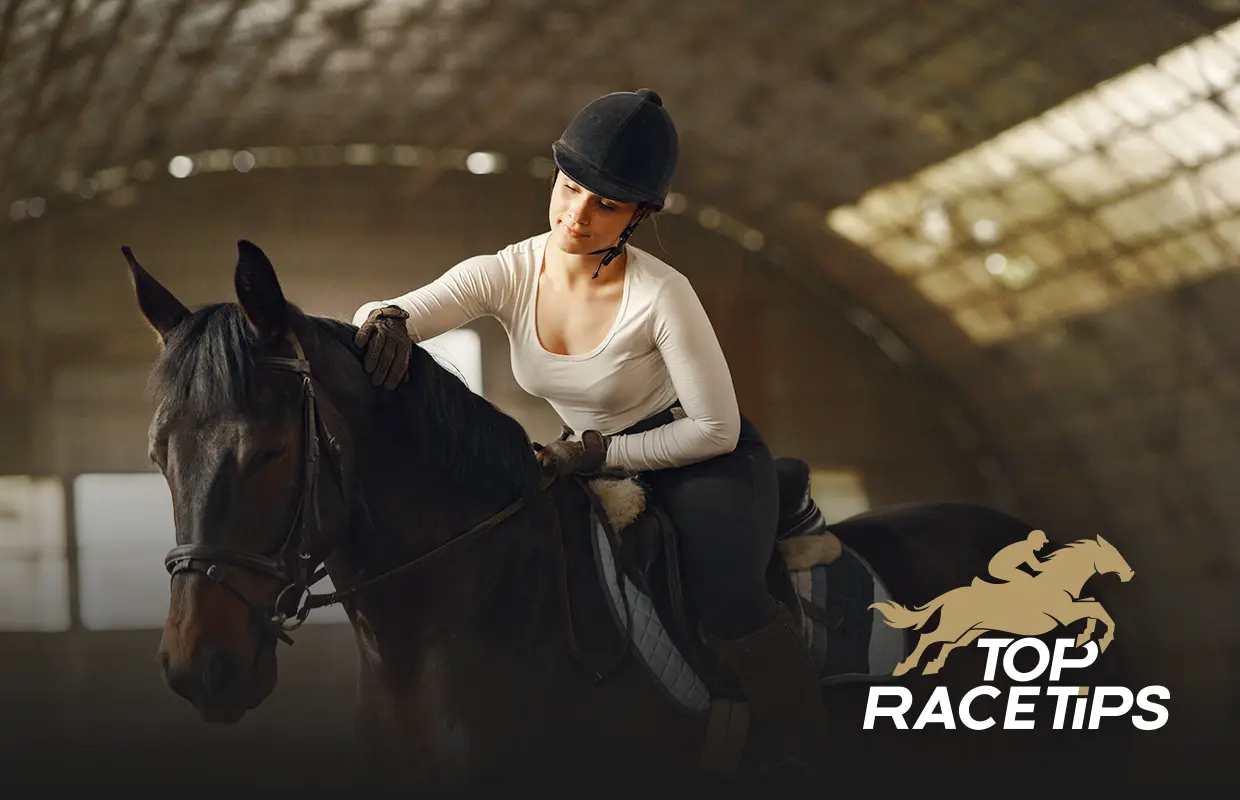
In horse racing, one thing does not go away: the question “What is the best post position in horse racing?” gives a horse a better chance to win. Racegoers and bettors debate if either the "inside rail" is the stick, "middle posts" provide the safest betting ground, or if the "wide posts" provide the freedom a horse needs.
So, what's the answer? There is no "perfect" position. The best post position is based on a multitude of factors: race distance, track layout, ground conditions and horse running style. A post that works in one race may be a hindrance for another.
To understand why post position is important, we will look at how posts work, what the inside, middle and outside draws mean, and how track bias and distance can change everything.
Post position is simply the numbered stall a horse begins from in the gate, starting with stall one (next to the inside rail) and working outwards. Where a horse breaks from will directly affect how much ground they will cover, how easily they can get into their running style, and whether they risk getting boxed in or forced out wide.
In tighter courses with sharp turns, the inside rail is often a massive advantage by reducing the distance travelled, but on wide, straight tracks, the outside or middle position can be roughly just as effective.
The race start is significant because it impacts the pace of the race, and post position greatly influences this. A low draw on the rail saves ground, but increases potential traffic issues and being boxed in. An ideal draw will tire a horse less than a bad draw. A middle post offers an even more unique opportunity - far enough away from extreme, closer to the rail, but still gives the horse more room. High numbers can mean a horse now has more free reign to run, but it also guarantees covering much longer distances, especially in sprints.
In short, everything has pros and cons, and depends on a horse’s natural pace.
The inside post, typically stalls one to three, gives the shortest distance around the track. Horses that start here save distance, especially on the turns. Good starters or front-runners do well from the inside post position because they have the opportunity to grab the rail right off the start and dictate the pace.
On the other hand, horses that do not come away from the gate quickly enough get stuck there with no chance of getting out of trouble if the race gets tight early on. That is why racing from the inside post position is often like rolling the dice for horses that usually come from far behind.
The middle post, which dictates horses in stalls four to six in a reasonable-sized field, is the most fair. Horses that are drawn in the middle can avoid all of the madness of the rail and not have to swing wide. This gives jockeys lots of options about how to ride the race based on how the race shapes up.
Adaptable horses that can adjust their running style often run well from last to mid-pack. This is also why horses that can adapt running styles do better from the middle post because they are more versatile and not stuck.
High-numbered posts on the outside allow for more room for travel. The horses drawn wide can avoid initial congestion, find cleaner space, and generally may not be boxed up. This is particularly useful for late closers who have a strong late kick and want to only come at the very end of a race.
The downside is obvious. About speed, these horses will have to travel longer, and during short sprints with sharp turns, the amount of ground they have to cover can be considerable. While an outside post may work in longer races, it can be hard to manage in long sprint-type races.
There are rules around tactics or training, and those are not chosen by trainers or jockeys; they are chosen at random a couple of days before the race. For most races, for significant races like the Kentucky Derby, the draw itself is treated as a major event, with fans watching eagerly to find out where their favored horses land.
It's all luck, which means the best horse in the field can have it chances changed due to something that horse has no control over.
However, not all racecourses are equal, and some can have a big leaning towards favoured positions; this is known as draw bias.
For example, Chester in the UK can be incredibly biased towards inside posts as it has very tight bends, while Beverley will favour low draws in sprints. Straight tracks like Ascot or Newmarket will have a bias too, but this can change depending on the weather and ground conditions, as some sides of the track will likely run quicker than others.
The best punters will always check track bias before placing their bet, as it can be the fine line between winning and losing.
The distance of the race can significantly change if the post position is important.
However, the shorter the race, the more important the draw becomes.
Post position is very important in flat racing. In sprint races, where there are stalls and sharp turns, every yard is important. In jumps racing, post position is far less important. Horses generally start together (without stalls), and jockeys can quickly find a position in the pack.
Post position rarely guarantees a victory, but it could be a game-changer in some situations. In a narrow sprinting contest or on a track with a pronounced draw bias, a good stall can significantly enhance a horse's chances of success. A bad draw will not only make the strongest horse's task more difficult.
So, great jockeys and good horses are often able to make clever decisions and finish strongly to overcome undesirable positions, as well.
There is no single "best" post position in horse racing. The inside rail saves ground, a middle draw gives you balance, and a wide draw gives you room. The success of a post position might depend on the distance, track biases, and the horse's running style. A good horse player weighs every one of these considerations before they decide on a bet.
There is no one-size-fits-all best post. Sprints favor inside rails, distance races help to minimize risk and maximize space with middle draws, while outside horses are best suited for horses that need space to operate.
Yes! Some tracks benefit low draws because of their tight turns (like Chester), while other tracks may give some advantage to the outside stalls depending on the weather and ground conditions at the time.
In shorter sprints (5 – 7 furlongs), favor inside posts. Over longer distances, jockeys have more scope to drift with post position having less implication.
Post position is most important in flat races because of the posts and sharp turns. Post position is less important in jumps racing because they start all together and don’t have fixed posts.











You must be logged in to post a comment.
Ride with The Best